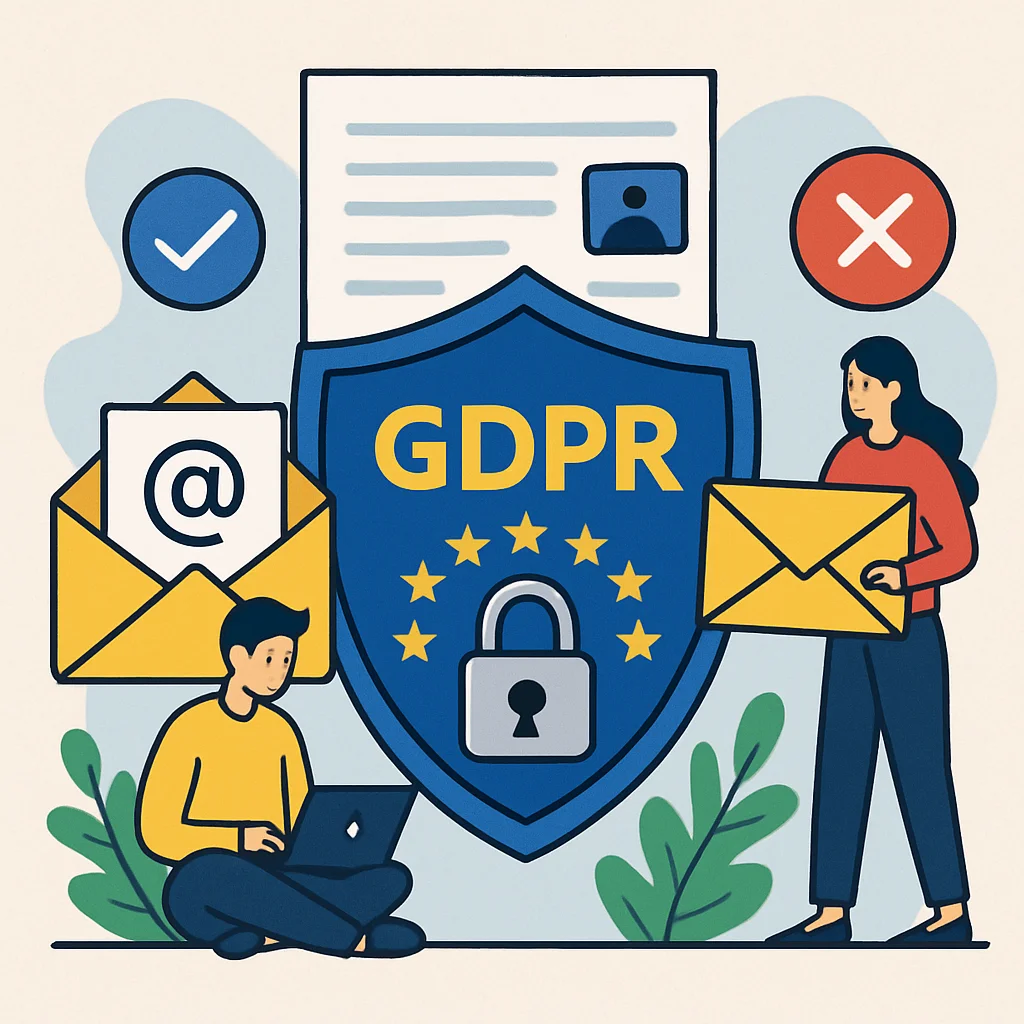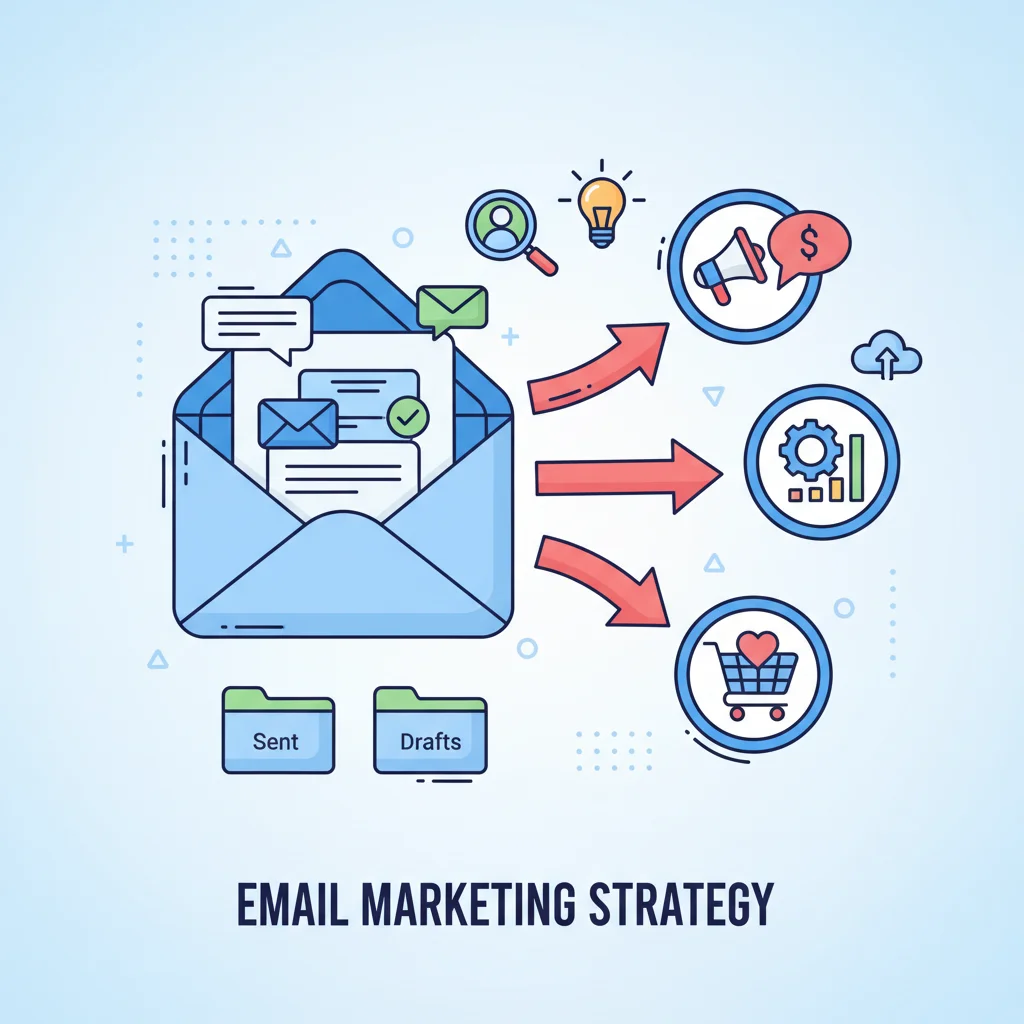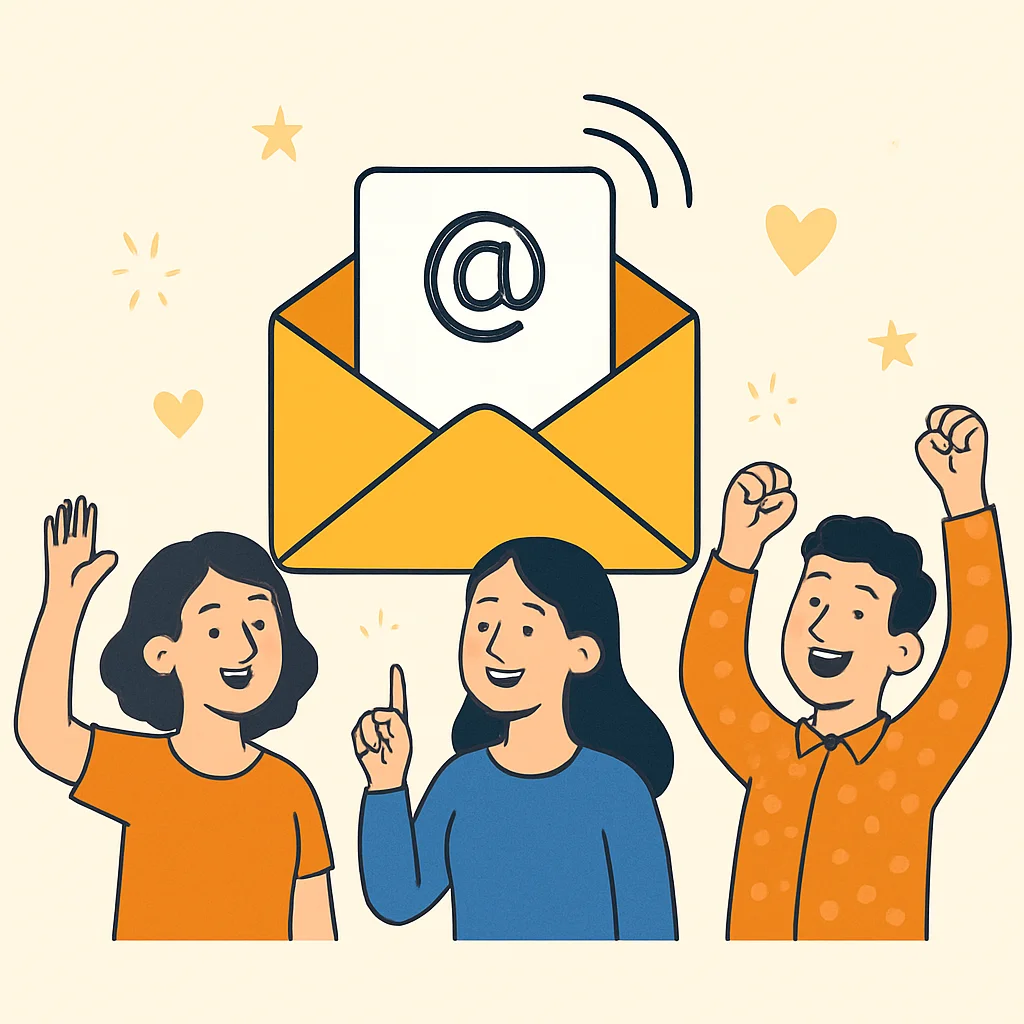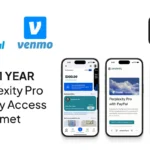Now Reading: Master the GDPR Impact on Email Marketing for Better Results
-
01
Master the GDPR Impact on Email Marketing for Better Results
Master the GDPR Impact on Email Marketing for Better Results

Remember when you could just buy an email list and blast away? Those days are gone-and thank goodness! The GDPR impact on email marketing has fundamentally changed how we connect with audiences. But here’s the twist: these changes might actually be the best thing that ever happened to your campaigns.
Key Takeaways
- GDPR is the EU’s data protection law that requires explicit consent before sending marketing emails to individuals
- Email marketers must now collect clear, specific opt-ins and maintain detailed records of consent
- Pre-checked boxes and purchased email lists are no longer compliant under GDPR
- Penalties for violations can reach €20 million or 4% of annual global turnover
- GDPR has actually improved email marketing by creating more engaged subscriber lists and building trust
- Compliance requires transparent privacy policies, easy unsubscribe options, and secure data handling
What Is GDPR And Why Should Email Marketers Care?
Let’s start with the basics. GDPR (General Data Protection Regulation) is the European Union’s comprehensive data protection law that went into effect in May 2018. It’s basically the toughest privacy and security law in the world, and it’s changed the game for anyone who collects and processes personal data-including email marketers like us.
Now, you might be thinking, “But I’m not in Europe, so why should I care?” Well, here’s the thing: GDPR applies to any business that processes the personal data of EU residents, regardless of where your business is located. If you have even one subscriber from the EU, these rules apply to you.
The GDPR impact on email marketing has been profound, affecting everything from how we build our lists to how we craft our messages. But don’t worry-I’m here to guide you through it all.
The core principles of GDPR
At its heart, GDPR is about giving people control over their personal data. The regulation is built around seven key principles:
- Lawfulness, fairness, and transparency
- Purpose limitation
- Data minimization
- Accuracy
- Storage limitation
- Integrity and confidentiality
- Accountability
For email marketers, these principles translate into specific requirements that affect our daily operations. The most significant change? We need explicit consent before we can send marketing emails.
What counts as personal data under GDPR?
Under GDPR, personal data includes any information that could identify an individual. For email marketers, this obviously includes email addresses, but it also extends to:
- Names
- IP addresses
- Location data
- Cookie identifiers
- Behavioral data used for profiling
Basically, if you’re collecting it and it can be tied back to a specific person, it’s probably personal data under GDPR.
Useful Articles:
How GDPR Has Changed Email Marketing Forever
The GDPR impact on email marketing has been revolutionary. Gone are the days of purchasing email lists, using pre-checked opt-in boxes, or assuming that someone wants to hear from you just because they downloaded your free guide.
New consent requirements
The biggest change is around consent. GDPR requires that consent be:
- Freely given – No forcing or tricking people into subscribing
- Specific – Clear about exactly what they’re signing up for
- Informed – Transparent about how their data will be used
- Unambiguous – Requiring a clear affirmative action (like checking an unchecked box)
This means those sneaky pre-ticked boxes? Not allowed. Bundling consent with terms and conditions? Nope. Making consent a condition of service when it’s not necessary? That’s a no-go too.
The right to be forgotten
Another major change is that subscribers now have the “right to be forgotten.” This means they can request that you delete all their personal data from your systems. And you have to comply.
For email marketers, this means implementing processes to:
- Identify all places where subscriber data is stored
- Delete that data upon request
- Provide proof that the data has been deleted
Record-keeping requirements
GDPR also requires that businesses maintain records of consent. You need to be able to show:
- Who consented
- When they consented
- What they were told at the time
- How they consented
- Whether they’ve withdrawn consent
This means your signup forms need to capture this information, and you need systems to store and retrieve it.
The Real GDPR Impact On Email Marketing Performance
Now for the part you’re really wondering about: how has GDPR actually affected email marketing performance?
Initially, many businesses saw their email lists shrink dramatically. Some companies lost 50% or more of their subscribers during re-permission campaigns. Scary, right?
But here’s the surprising twist: while list sizes decreased, engagement metrics often improved. Here’s what typically happens post-GDPR compliance:
- Higher open rates – Because your subscribers actually want to hear from you
- Improved click-through rates – Since content is reaching a more interested audience
- Lower unsubscribe rates – People on your list have explicitly chosen to be there
- Better deliverability – ISPs notice the improved engagement and reward you with better inbox placement
In other words, GDPR forced us to focus on quality over quantity-and that’s actually a good thing for our bottom line.
The trust factor
There’s another benefit that’s harder to measure but incredibly valuable: trust. By being transparent about data collection and usage, you’re building stronger relationships with your subscribers.
In today’s privacy-conscious world, brands that respect consumer data stand out. And consumers are more likely to buy from brands they trust.
Useful Articles:
Practical Steps To Make Your Email Marketing GDPR Compliant
Alright, enough theory-let’s get practical. How do you actually make your email marketing GDPR compliant? Here’s your step-by-step guide:
Audit your current email list and processes
First things first: you need to know where you stand. Ask yourself:
- How did you collect the email addresses on your current list?
- Can you prove consent for each subscriber?
- What information do you store about subscribers?
- How secure is that information?
- Who has access to your subscriber data?
This audit will help you identify gaps in your compliance.
Update your signup forms
Your email signup forms are ground zero for GDPR compliance. Make sure they:
- Use unchecked opt-in boxes
- Clearly explain what subscribers are signing up for
- Link to your privacy policy
- Don’t bundle multiple types of consent together
Here’s a simple example of compliant language: “Yes, I’d like to receive marketing emails from [Your Company]. I understand that I can unsubscribe at any time.”
Implement double opt-in
While not explicitly required by GDPR, double opt-in (sending a confirmation email that requires subscribers to click a link to confirm their subscription) provides an additional layer of consent documentation.
It also improves list quality by ensuring that email addresses are valid and that subscribers are genuinely interested.
Create a comprehensive privacy policy
Your privacy policy needs to clearly explain:
- What data you collect
- Why you collect it
- How you use it
- How long you keep it
- Who you share it with
- How subscribers can access, correct, or delete their data
And it needs to be written in plain language-no legal jargon allowed!
Make unsubscribing easy
GDPR requires that withdrawing consent be as easy as giving it. This means:
- Every marketing email needs a clear unsubscribe link
- Unsubscribing should be a one-click process (no login required)
- Unsubscribe requests must be honored promptly
Secure your data
GDPR requires appropriate security measures for personal data. For email marketers, this means:
- Using reputable email service providers with strong security
- Limiting access to subscriber data
- Encrypting sensitive information
- Having a plan for data breaches
Keep detailed records
Document everything related to consent:
- When and how consent was obtained
- What information was provided to subscribers
- Changes to your privacy policy
- Unsubscribe requests
- Data access or deletion requests
Good record-keeping is your best defense if questions arise about your compliance.
GDPR-Compliant Email Marketing Strategies That Actually Work
Now that we’ve covered the compliance basics, let’s talk strategy. How can you thrive in this new regulatory environment?
Focus on value, not volume
With GDPR, it’s all about quality over quantity. Instead of obsessing over list size, focus on providing genuine value to subscribers. This means:
- Sending content that’s truly useful or entertaining
- Segmenting your list for more targeted messaging
- Respecting frequency preferences
When every email delivers value, subscribers stay engaged-and engaged subscribers are more likely to become customers.
Use preference centers
Preference centers give subscribers control over what types of emails they receive and how often. This not only helps with GDPR compliance but also reduces unsubscribes by letting people customize their experience.
A good preference center allows subscribers to:
- Choose content topics
- Select email frequency
- Update their personal information
- Pause communications temporarily
Leverage transactional emails
Transactional emails (like order confirmations or account notifications) have different consent requirements than marketing emails. While you still need a lawful basis to send them, explicit marketing consent isn’t always required.
This creates an opportunity to:
- Ensure your transactional emails are helpful and well-designed
- Include minimal, relevant marketing content where appropriate
- Use transactional touchpoints to request marketing consent
Just be careful not to cross the line-the primary purpose must remain transactional.
Build trust through transparency
Transparency isn’t just a GDPR requirement-it’s good business. Be upfront about:
- How you got someone’s email address
- What data you collect and why
- How your email marketing benefits subscribers
When people understand the value exchange, they’re more likely to give consent.
So don’t fear the GDPR impact on email marketing. Use it as an opportunity to clean up your practices, focus on quality, and stand out from competitors who are still stuck in the spray-and-pray past.





















